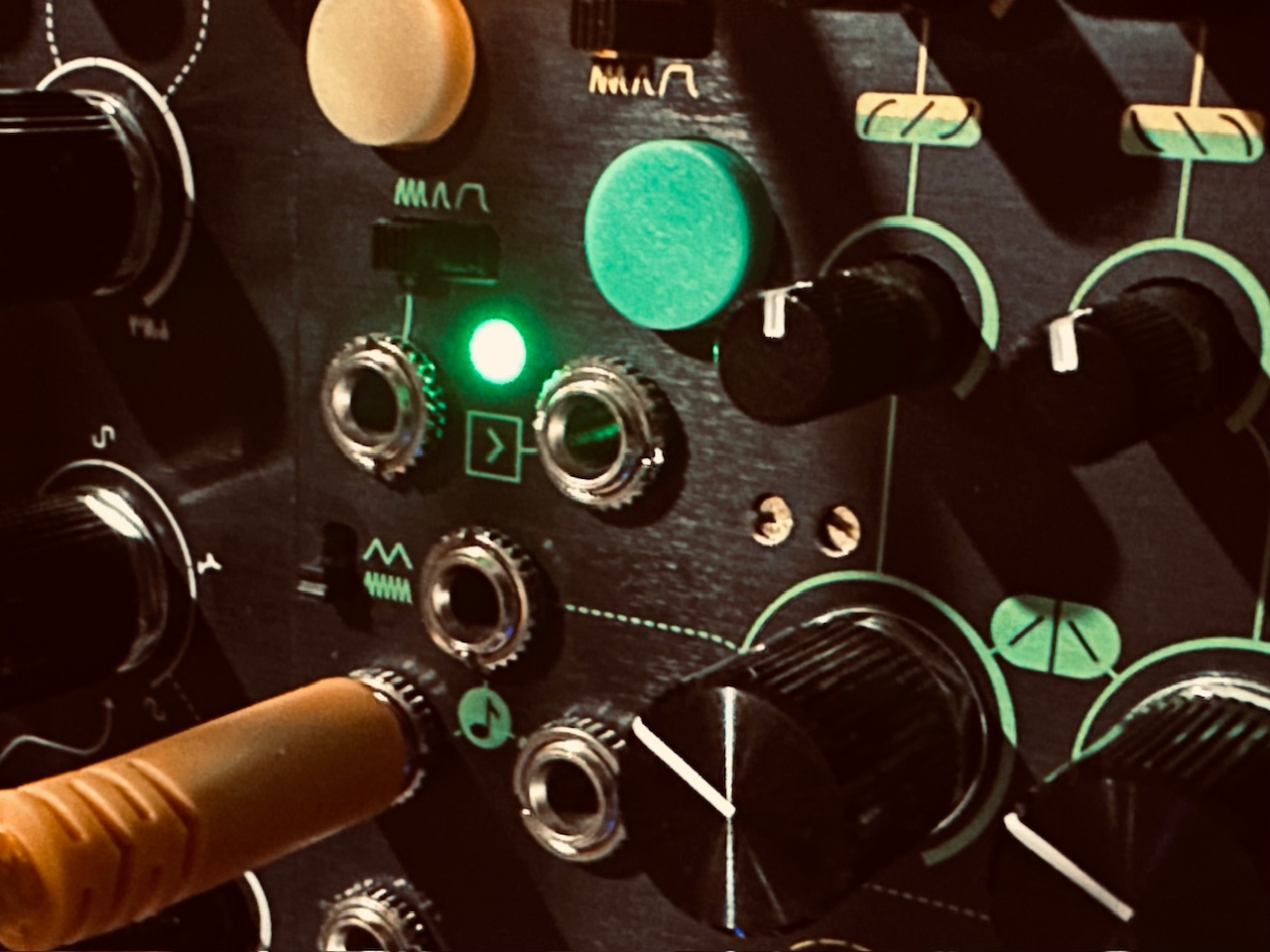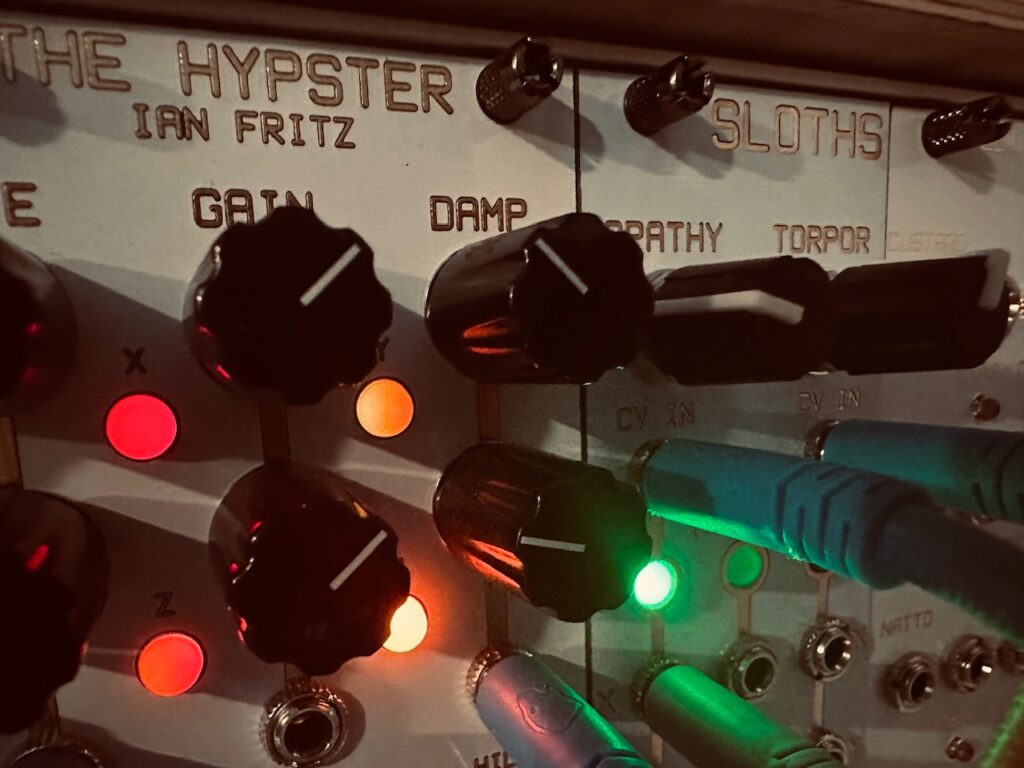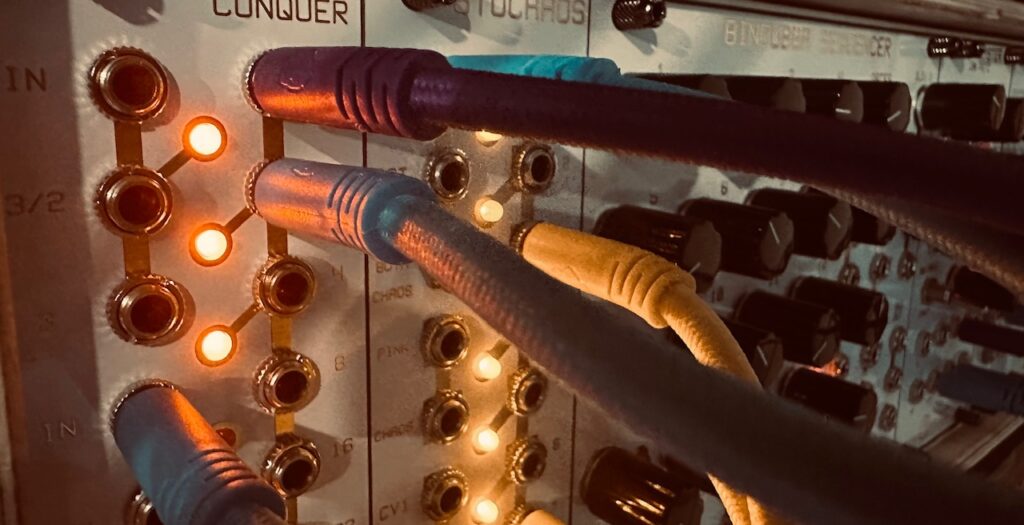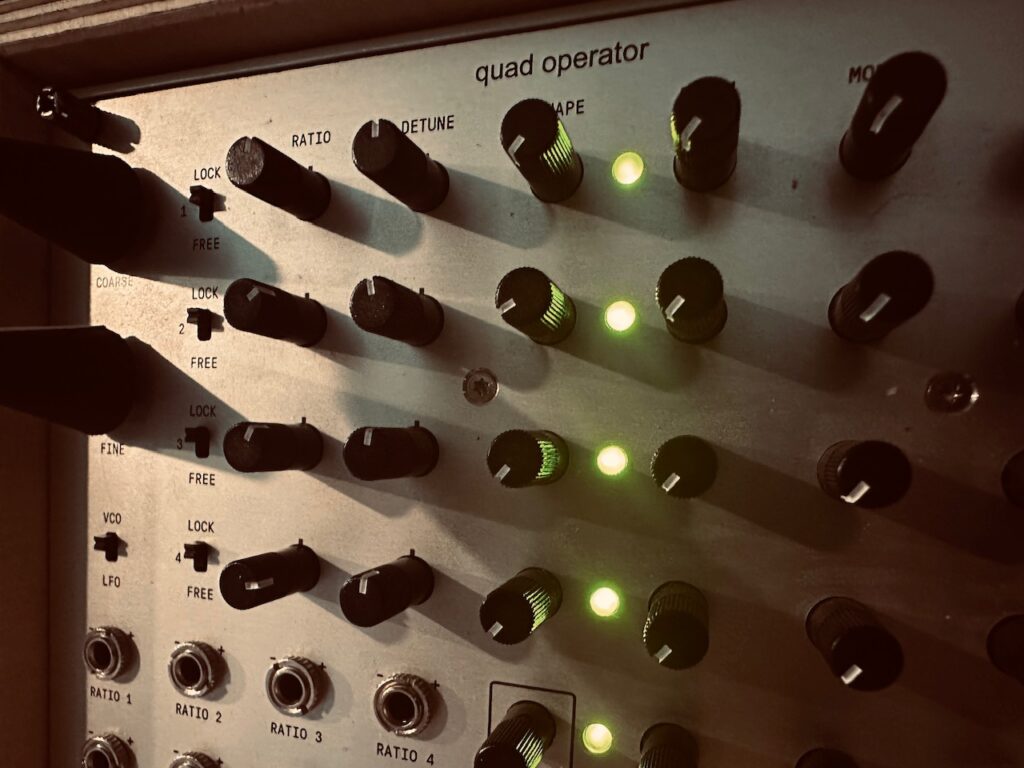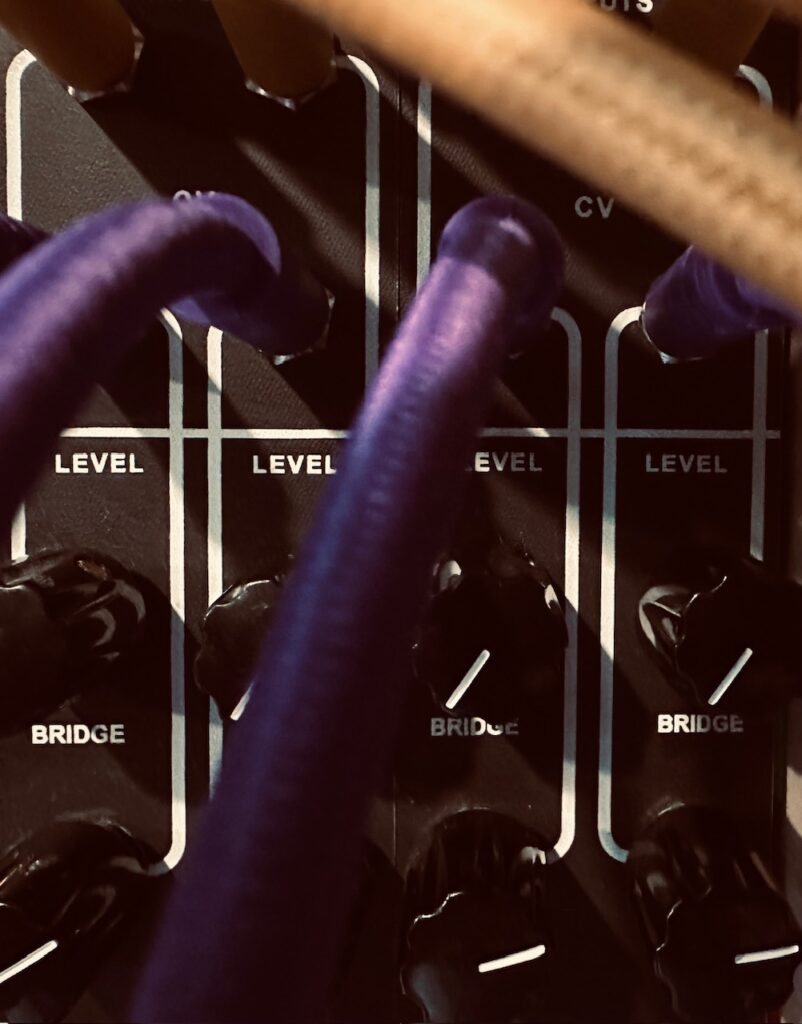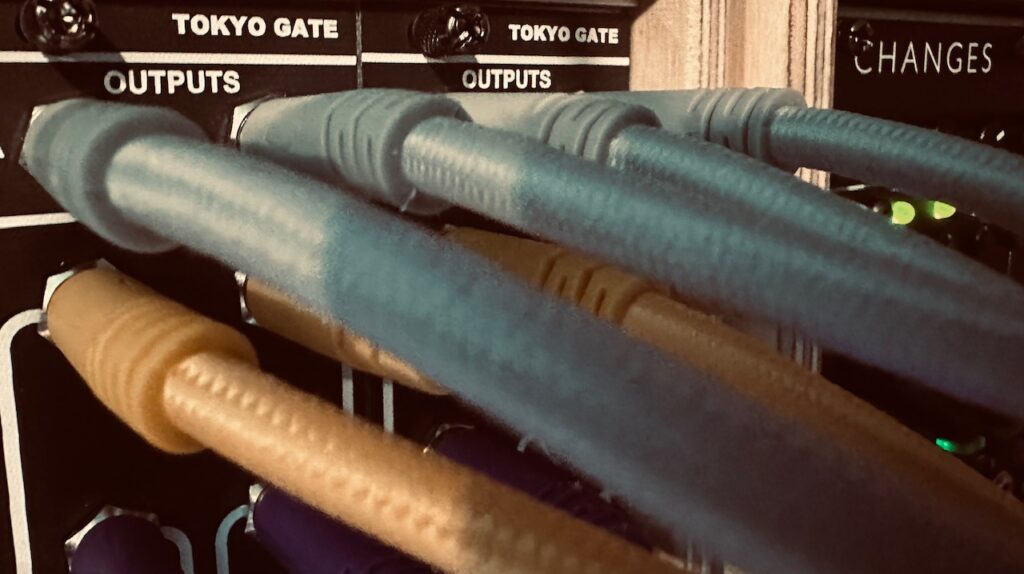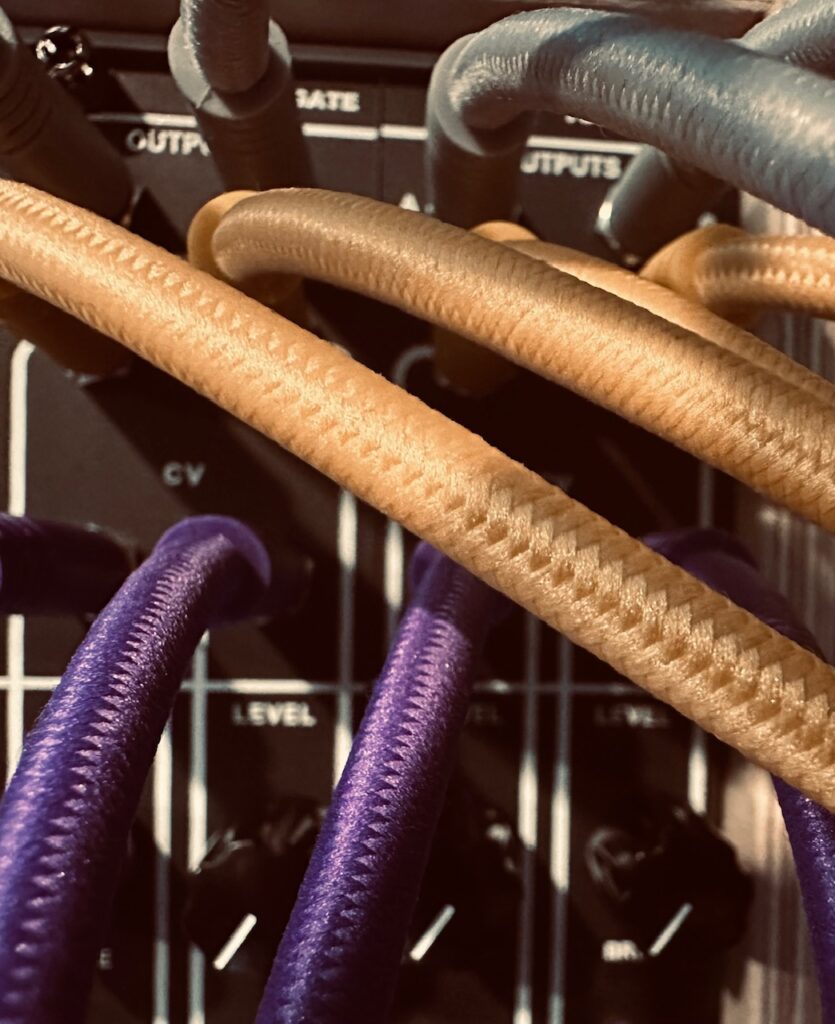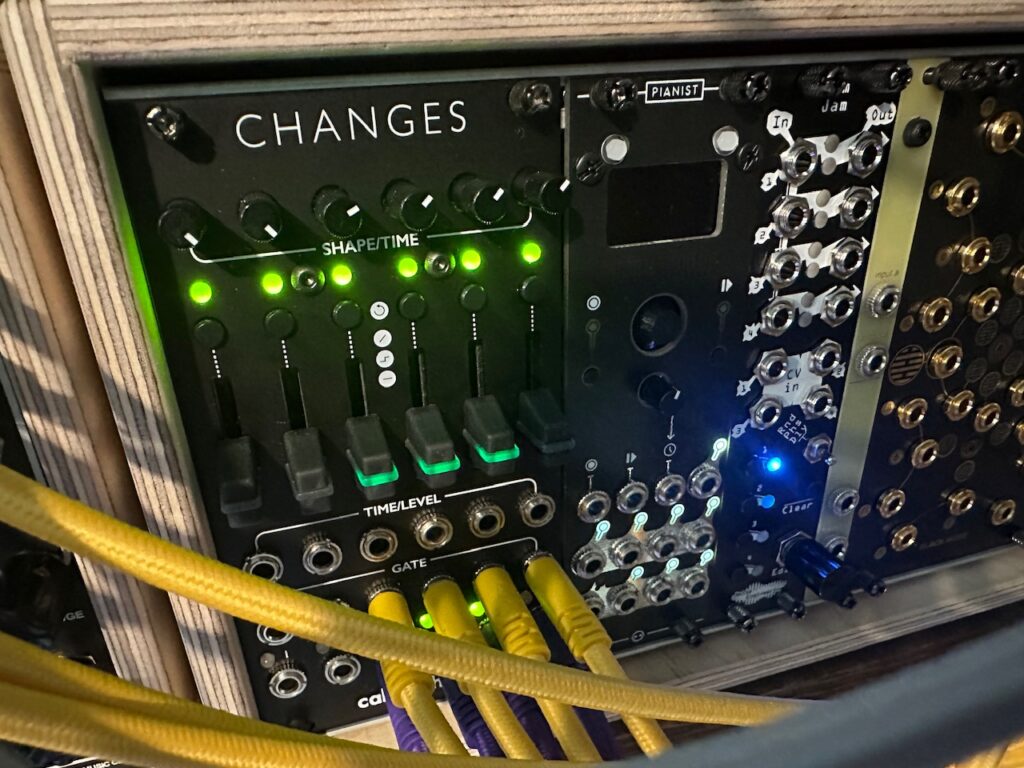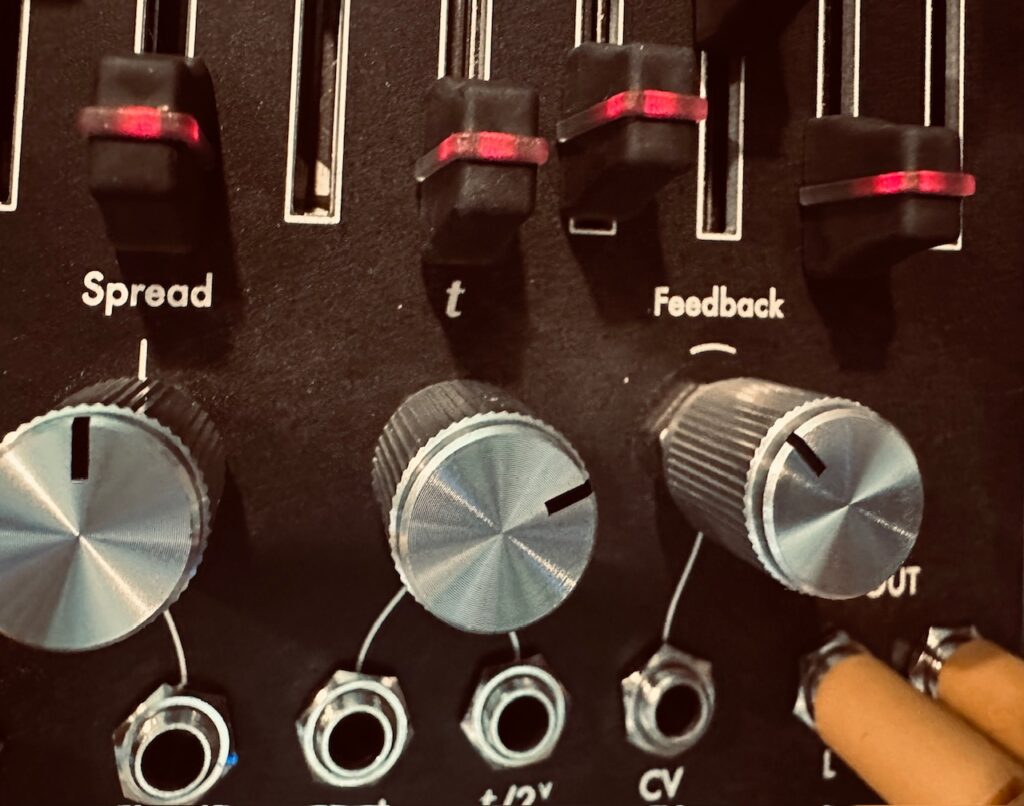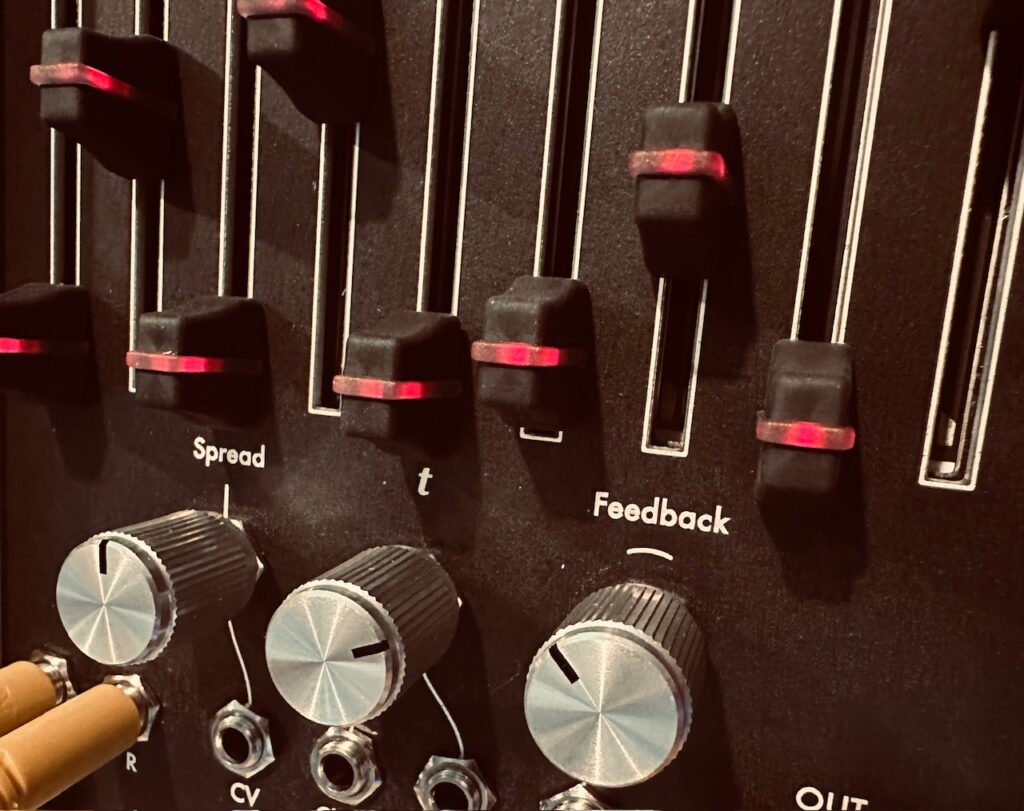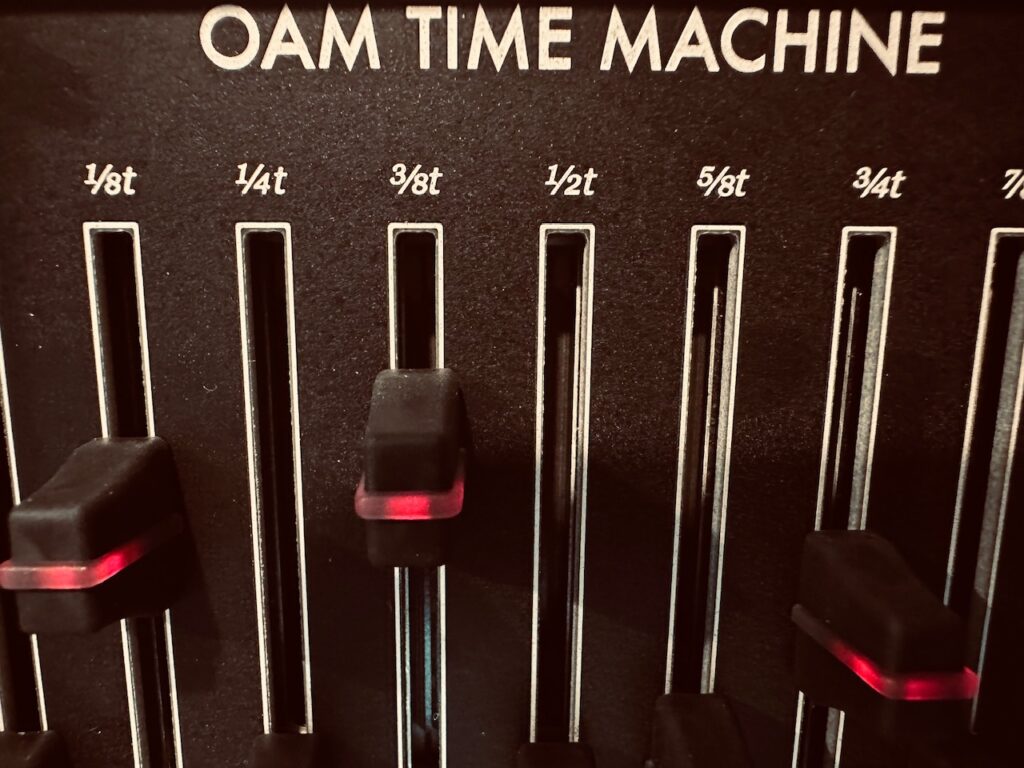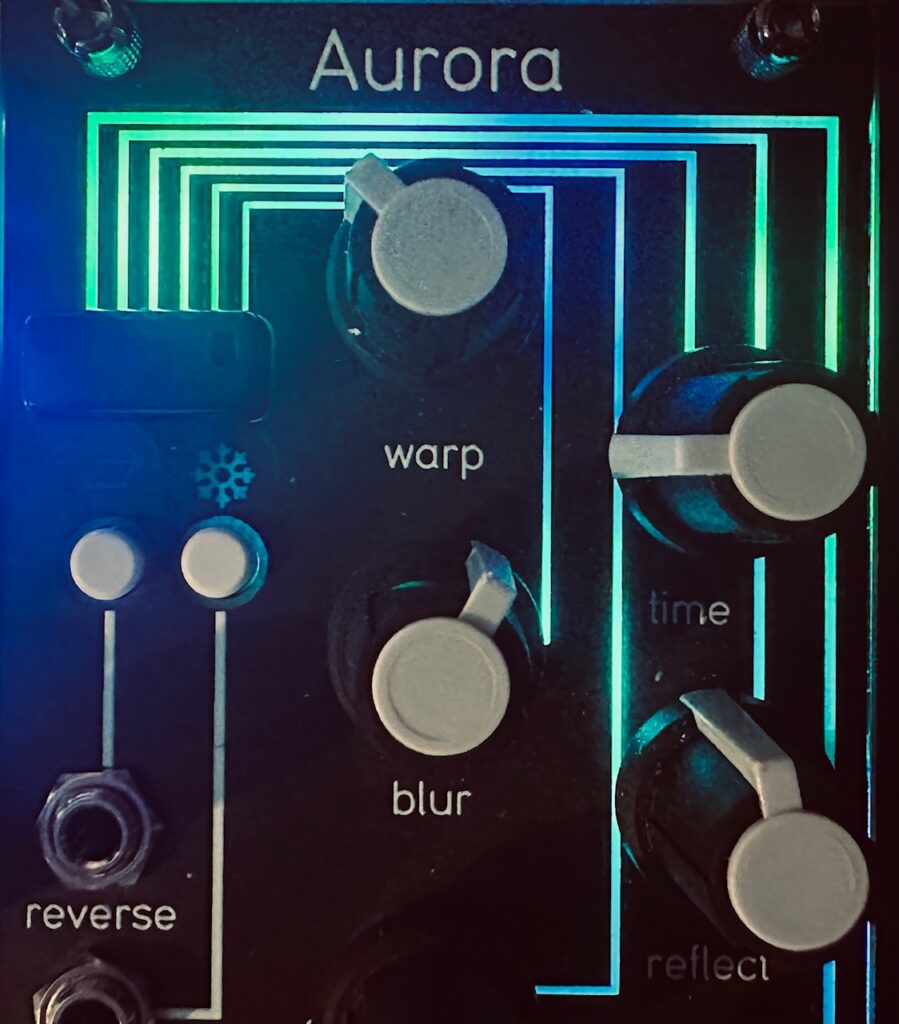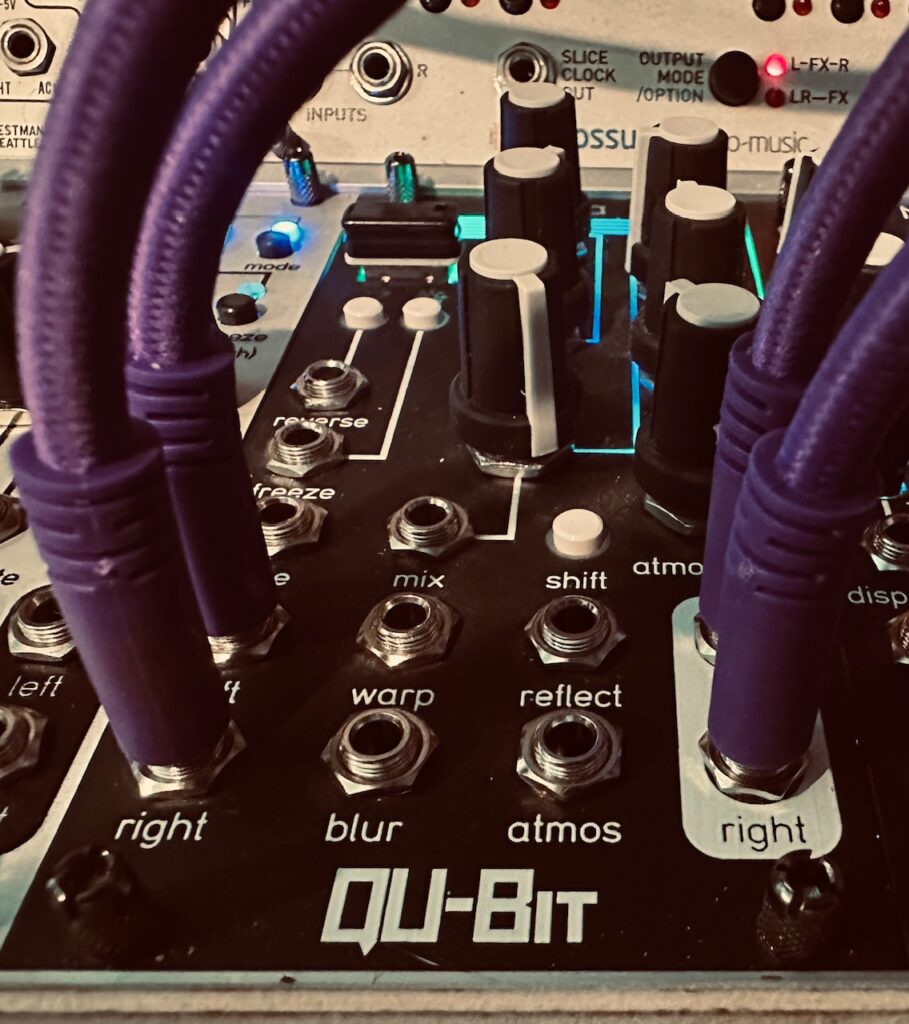I set out today to experiment with exactly two things: a dynamic trigger patch technique suggested by none other than DivKid, and a new stereo wavefolder that I haven’t used nearly enough. It started off as a simple patch, that turned into a beast.
Dynamic triggers are interesting. Normally a trigger’s amplitude doesn’t matter. Most triggers simply cue other modules to do whatever it is they do. But some drum modules, filters, and LPGs thrive when fed with dynamic triggers because it allows individual hits to be different volumes, which brings an interesting dimension to LPG pings. There’s variety; a variance that adds character and drama.
The patch itself isn’t that difficult. The key is to both attenuate and offset noise, and use that in a VCA CV input. In a thread about Dynamic Triggers on Modwiggler, DivKid writes,
It’s also good to remember (for all of us, I know I need a reminder sometimes) that CV utilities are our friends. Offset and attenuation would get you a long way. So rather than fully random. Take a CV utility and use an offset of say 3V (roughly) and then mix in the noise but attenuated and you’ll have a series of values that are hovering and dancing around the offset. Musically and sort of “humanised” around that offset.
Although it sounded easy enough, I asked, on his Discord server, to elaborate, and he confirmed that the patch is as easy as I imagined it would be:
- Trigger > VCA input
- Offset/attenuated noise > VCA CV input
If you have a VCA with both level bias/offset and CV attenuators (like the Intellijel Amps, Quad VCA, or many others), simply patch the trigger to the input, set the offset to taste (3V, for example), and set the CV attenuator to taste. If you set it at around 1V, you’ll have triggers between 2-4V. The more attenuated the noise, the closer the triggers will be to the offset level. However you do it, it’s a dynamic treat.
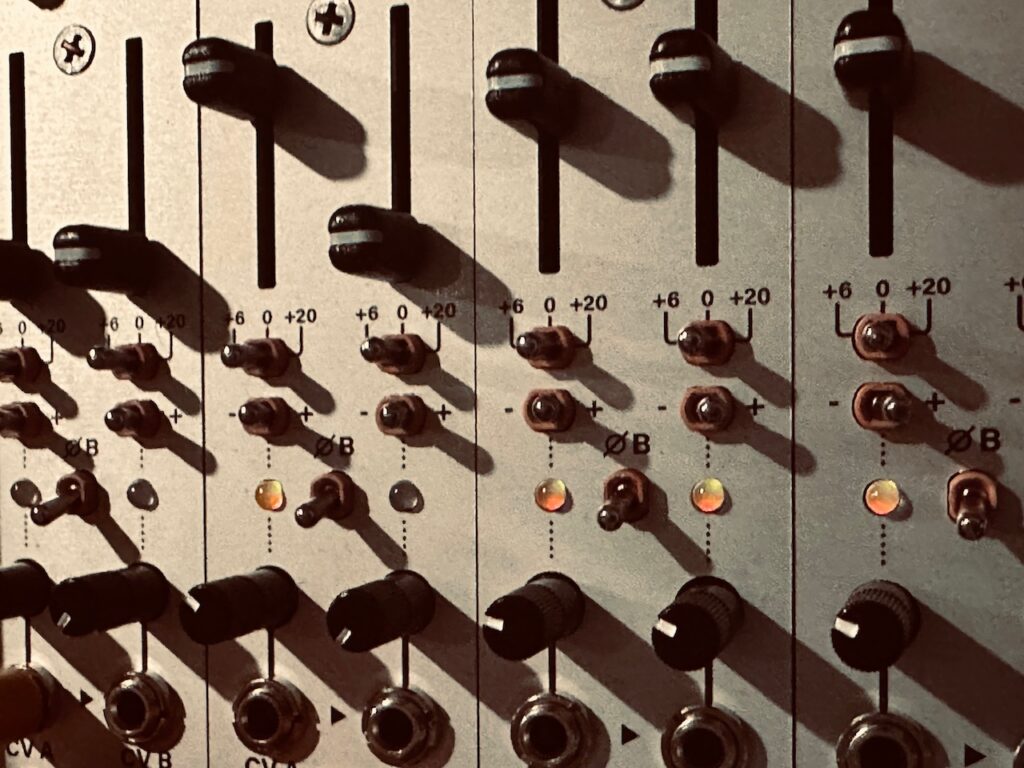
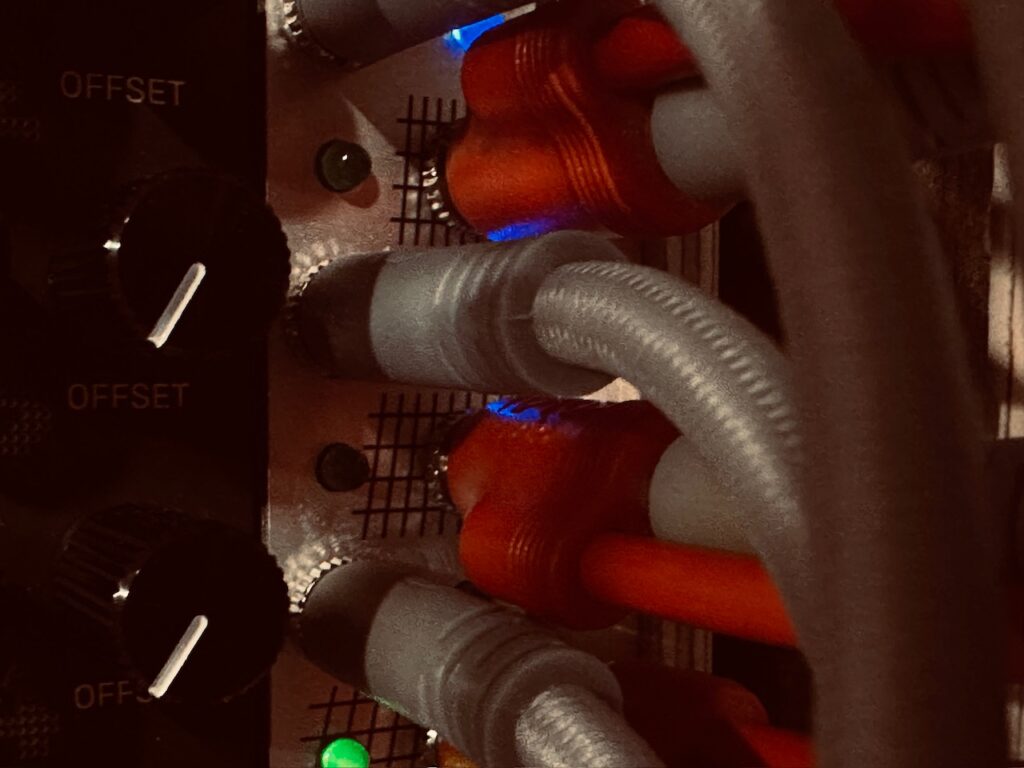
I did this patch times four, using four copies of a Frap Tools Sapel trigger, each patched to the CuteLab Missed Opportunities for probability processing before going to the Intellijel Amps in order to be dynamically controlled by the offset and attenuated noise. Amps made this patch much easier because it has CV inputs that normalize, which means I only needed to use a single patch cable to feed all four channels doing trigger processing.1
These now dynamic triggers pinged four Rabid Elephant Natural Gates, which does register dynamic triggers, where I used four Frap Tools Falistri generators as oscillators before being mixed and sent to the Venus Instruments Veno-Echo.2 There are a lot of patch cables, with plenty of mults and Stackcables throughout. Triggers were flying everywhere in the patch. From Sapel to Missed Opportunities, Amps to Stochastic Function Generator, and Ornament & Crime’s legendary Quantermain quad quantizer algorithm. And that’s just to create notes. Other triggers went to the Nonlinearcircuits Divide & Conquer and Stochaos (to trigger its rather excellent stepped CV outputs), Veno-Echo, and Calsynth Changes, which modulated a lackluster kick and the very very cool Optotronics Stereo Lockhart Wavefolder.
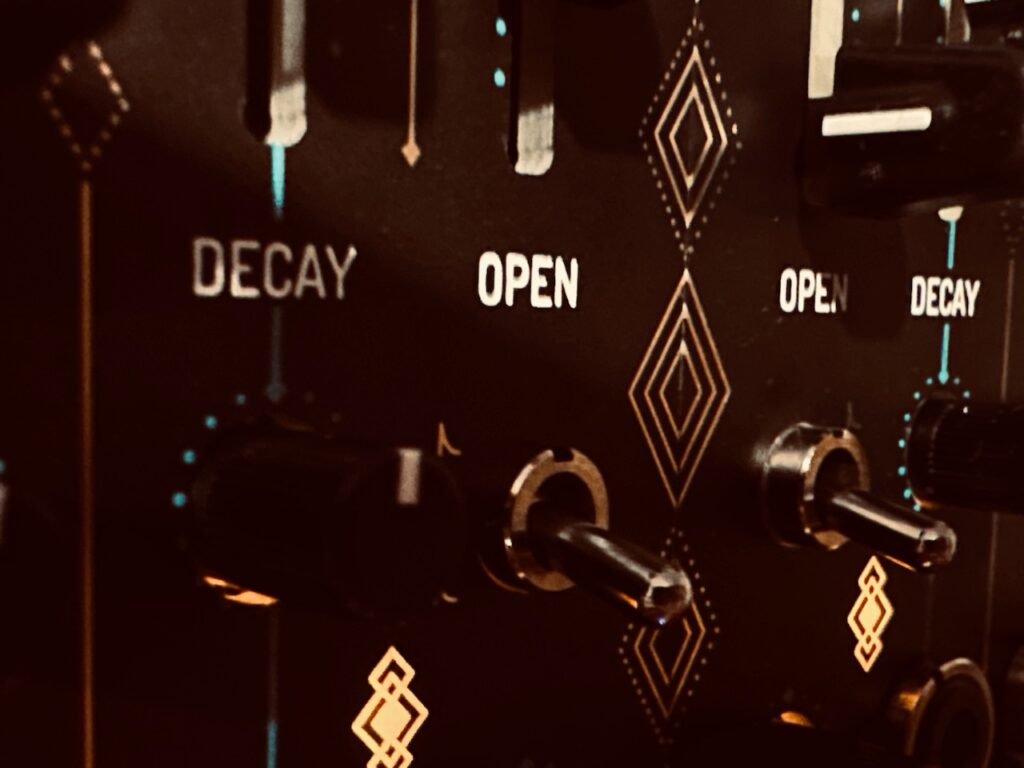
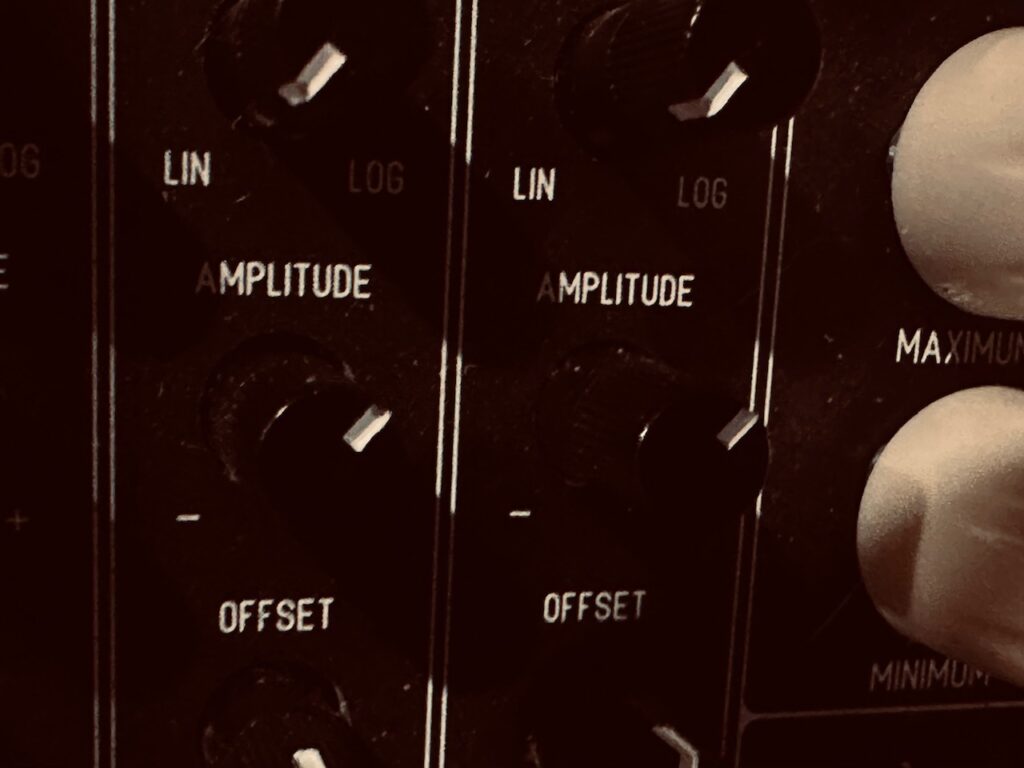
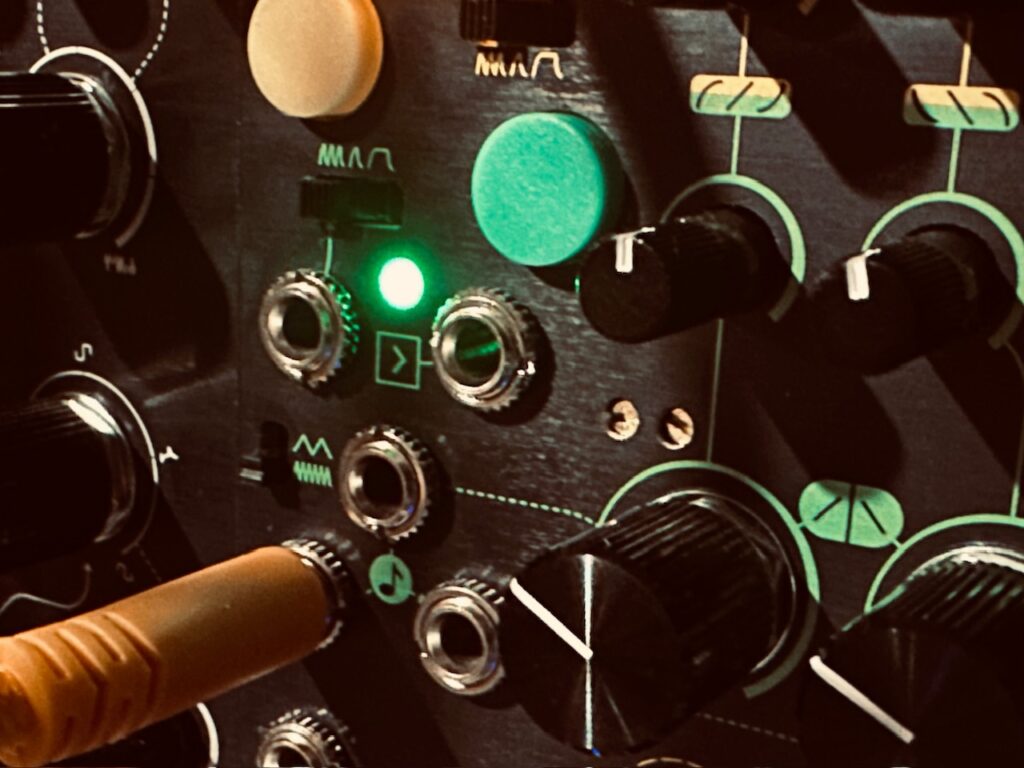
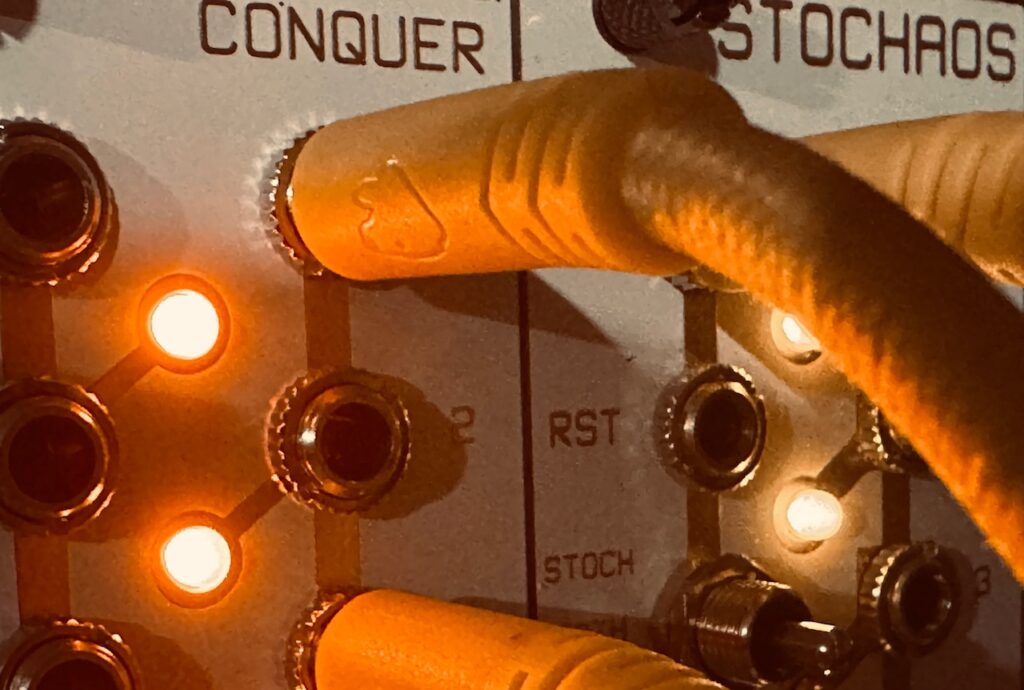
The wavefolder was surely the high point in this patch for me. I really only understand how half of it works, but it’s ultra-fun. It adds harmonics in really interesting ways, fed by sharp envelopes to each side from a Calsynth Changes, triggered by a Calsynth Twiigs quad Bernoulli gate based on the Mutable Instruments Branches. This creates some exceptionally cool stereo movement that I’ll have to explore more of.
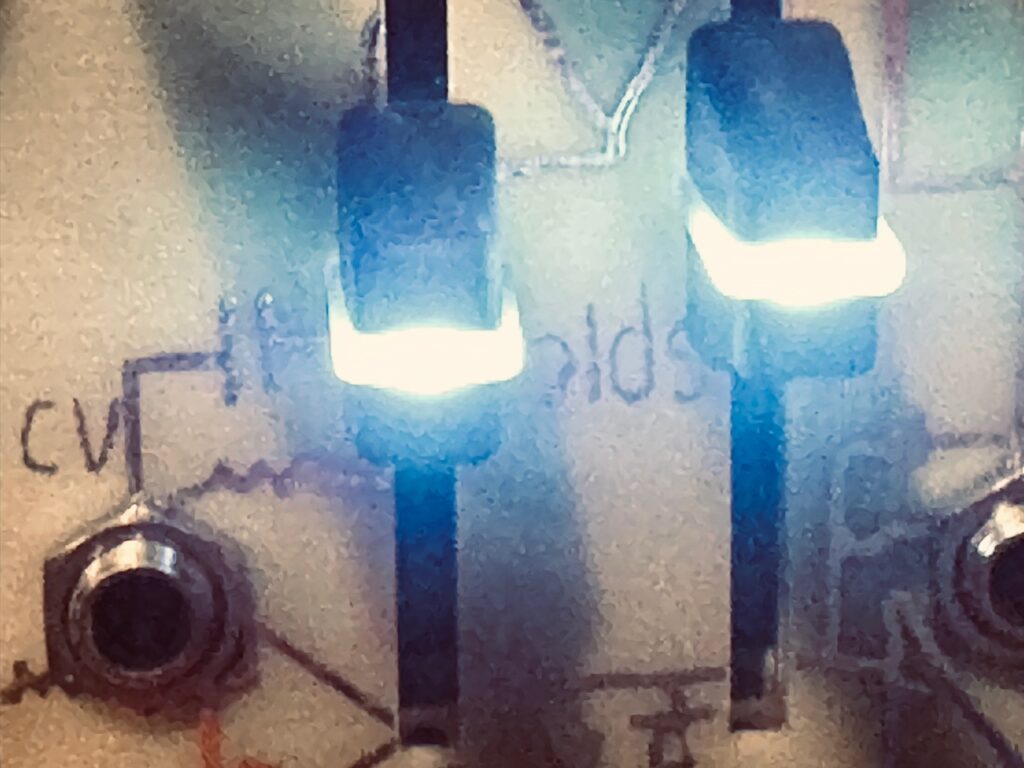
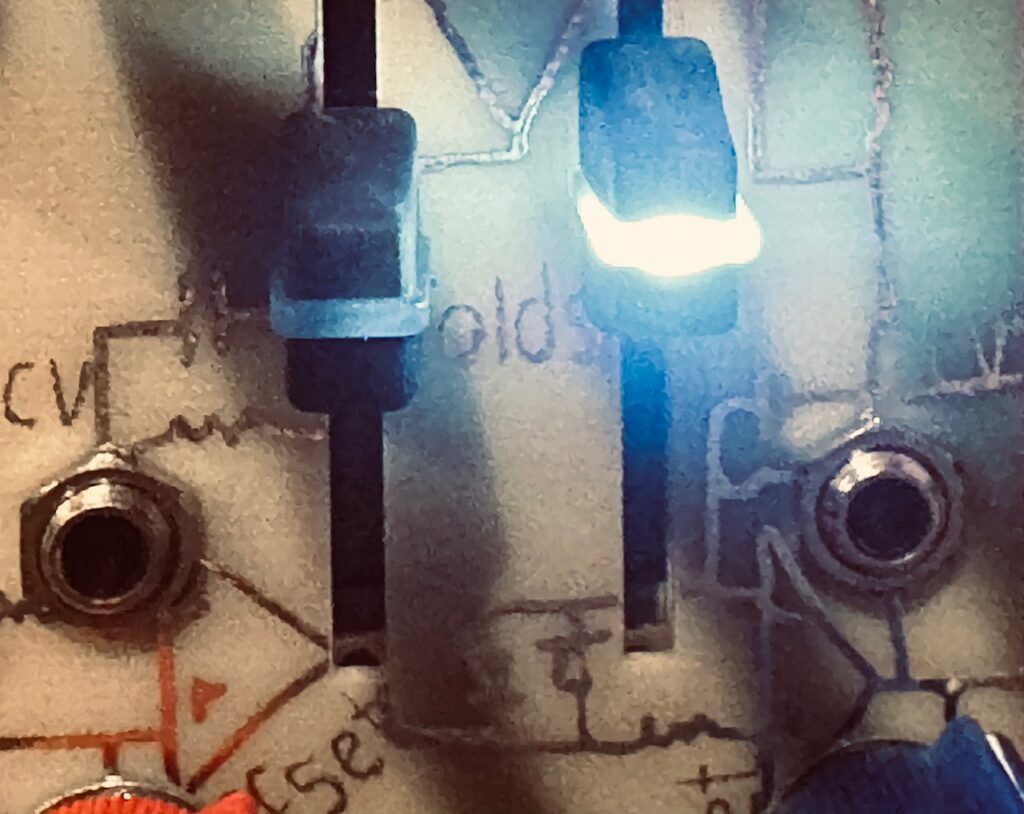
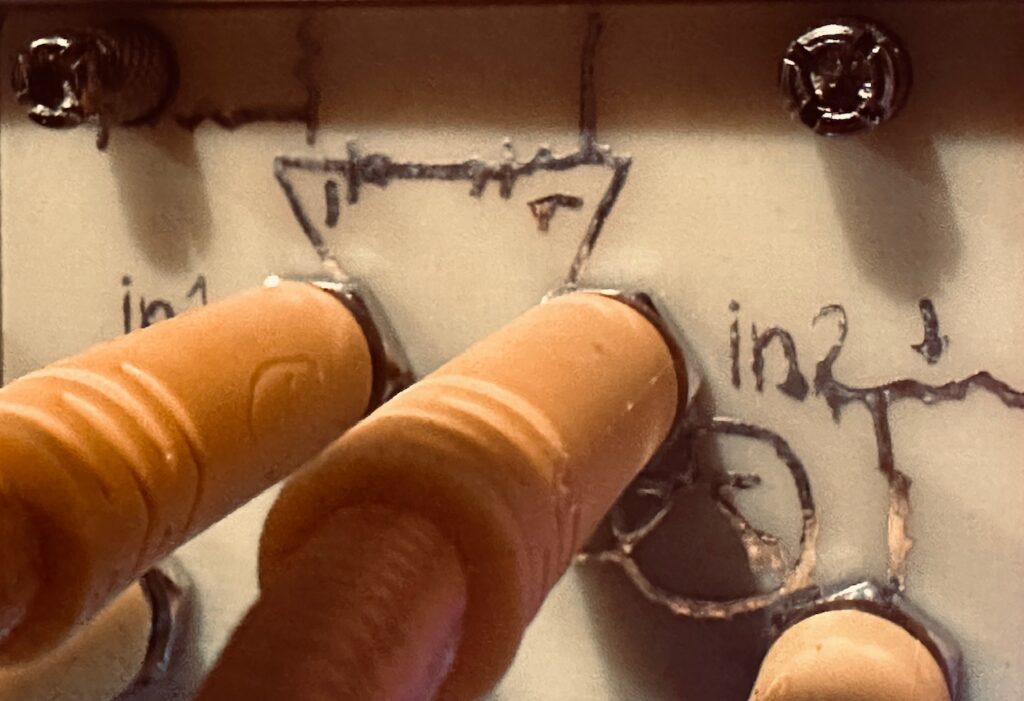
I also used the Industrial Music Electronics Malgorithm Mk2 for part, which was cool, but was overshadowed by the wavefolder once it was added.
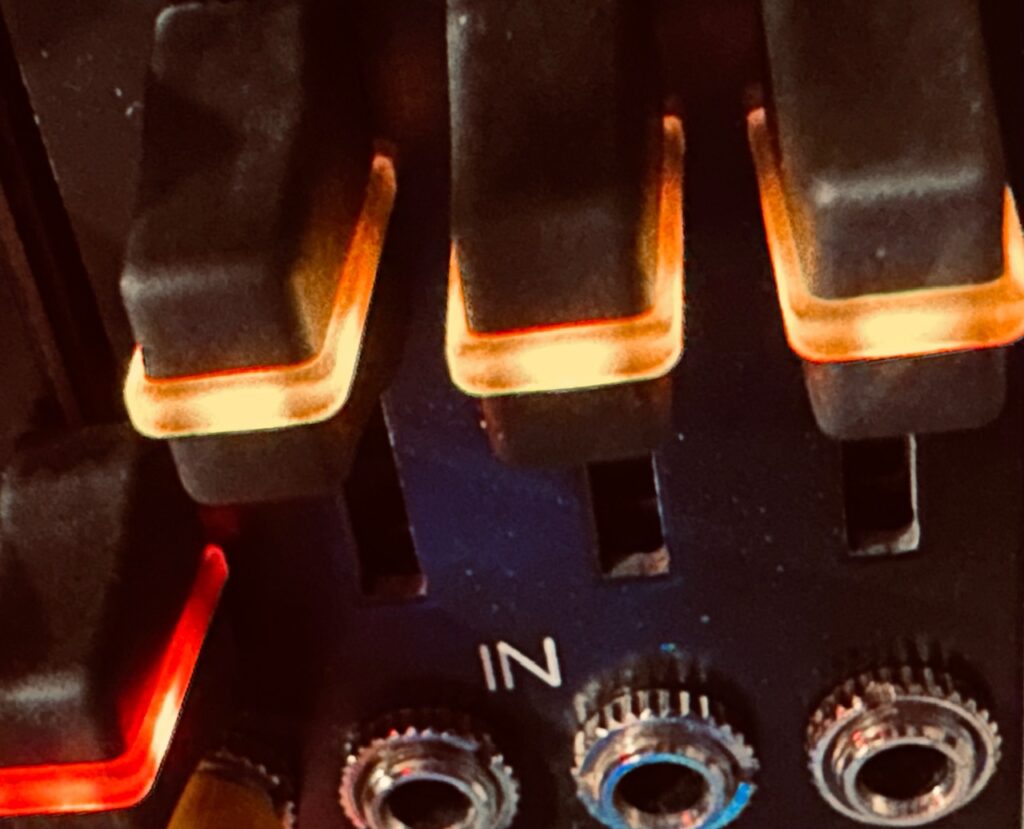
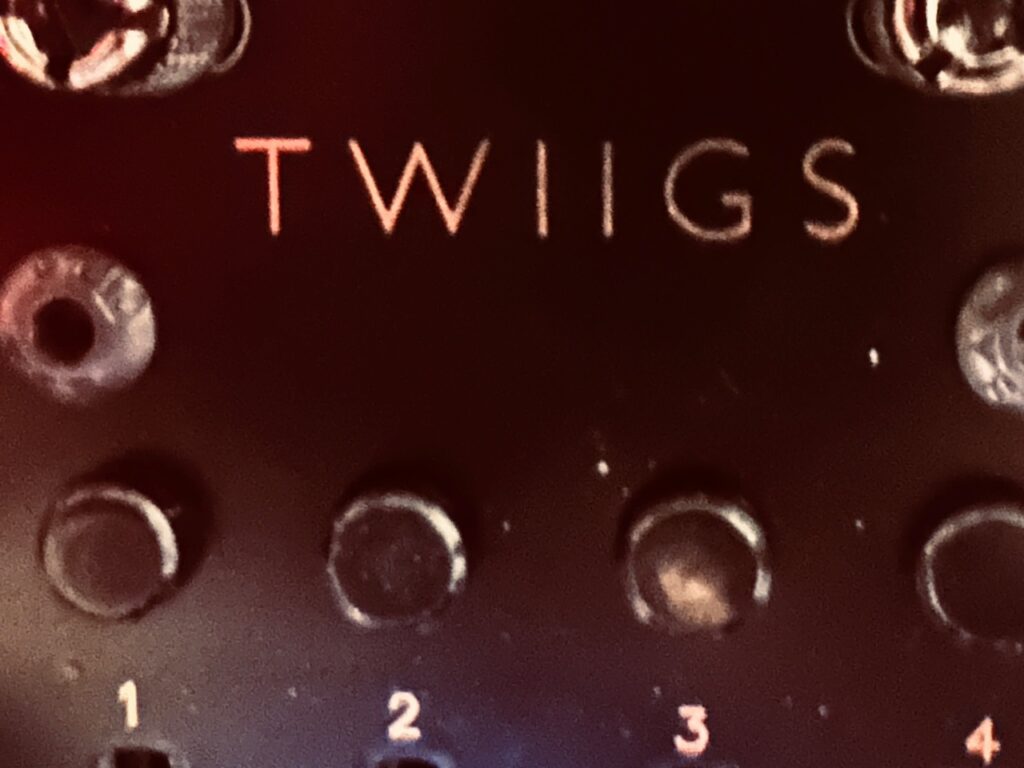
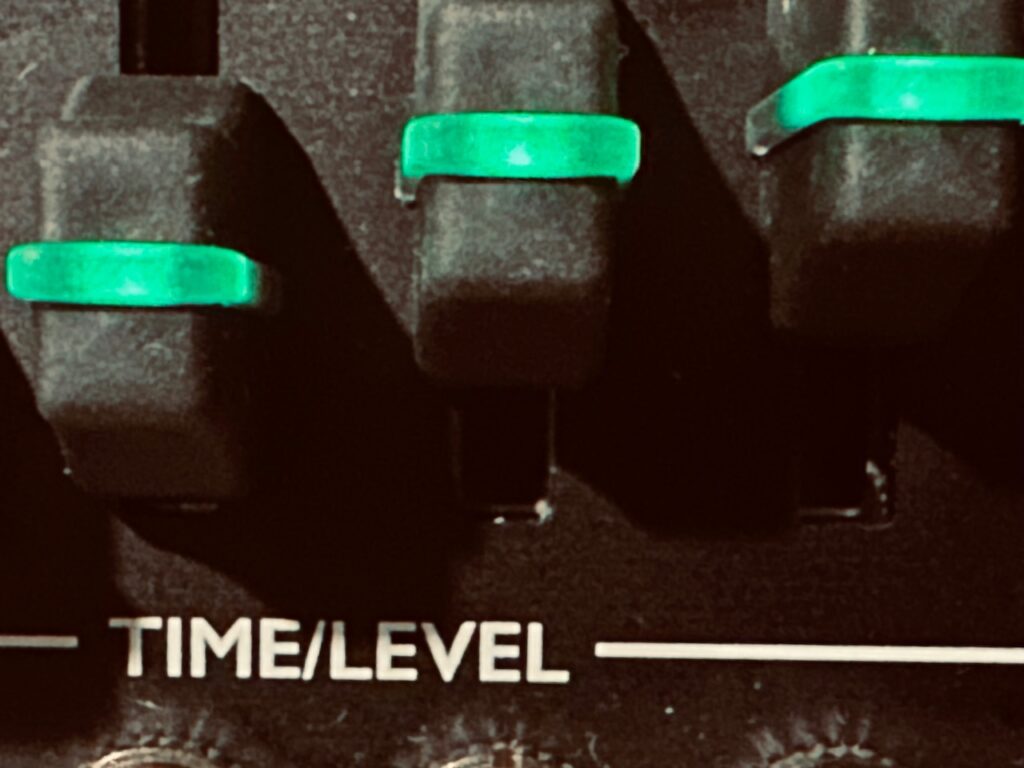
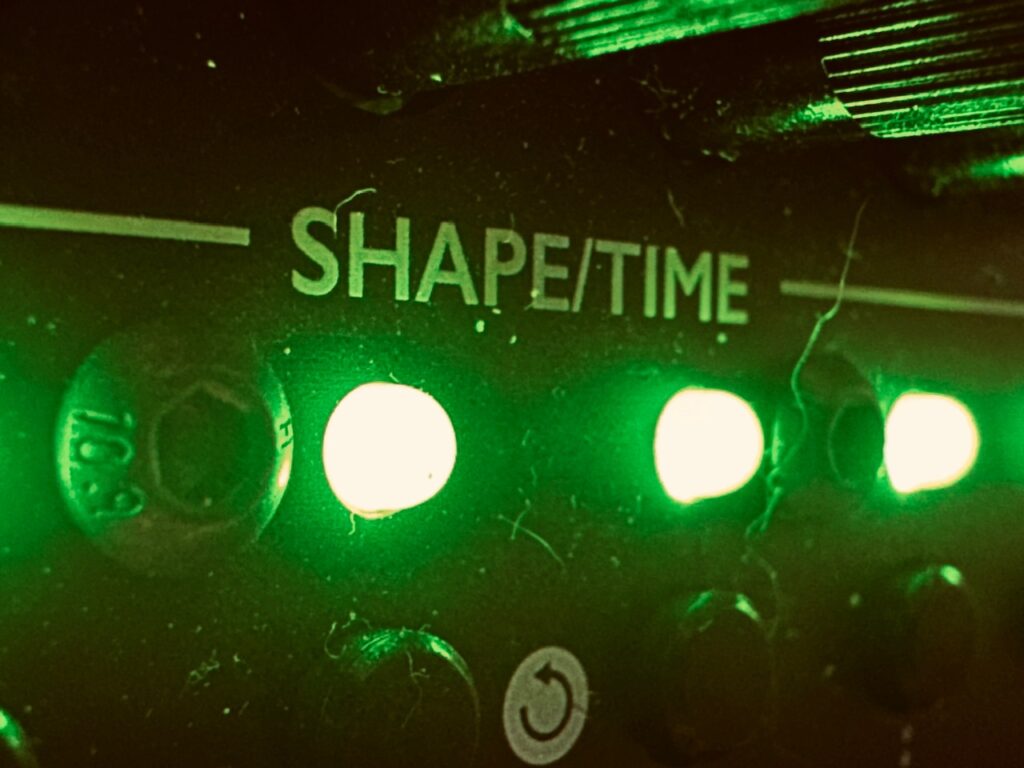
Modules Used:
Frap Tools Sapel
Frap Tools Falistri
Frap Tools 333
Frap Tools CUNSA
CuteLab Missed Opportunities
Intellijel Amps
Addac506 Stochastic Function Generator
Nonlinearcircuits Stochaos
Nonlinearcircuits Divide & Conquer
Nonlinearcircuits De-Escalate
Nonlinearcircuits The Hypster
Calsynth uO_C (Quantermain)
Rabid Elephant Natural Gate
ST Modular Sum Mix & Pan
AI Synthesis 018 Stereo Matrix Mixer
Venus Instruments Veno-Echo
Calsynth Changes
Calsynth Twiigs
Optotronics Stereo Lockhart Wavefolder
Knob Farm Ferry
Outboard Gear Used:
Vongon Ultrasheer
Performed and recorded in 1 take in AUM on iPad via the Expert Sleepers ES-9.
- I actually used all eight VCAs in my Amps chain to dynamically control four triggers and four snappy, stochastic envelopes from the Addac506 Stochastic Function Generator which were patched to the Natural Gates’ Control CV inputs. ↩︎
- I meant to mix these down in a slightly stereo orientation, but I simply forgot to turn the pan knobs. 😕 ↩︎

